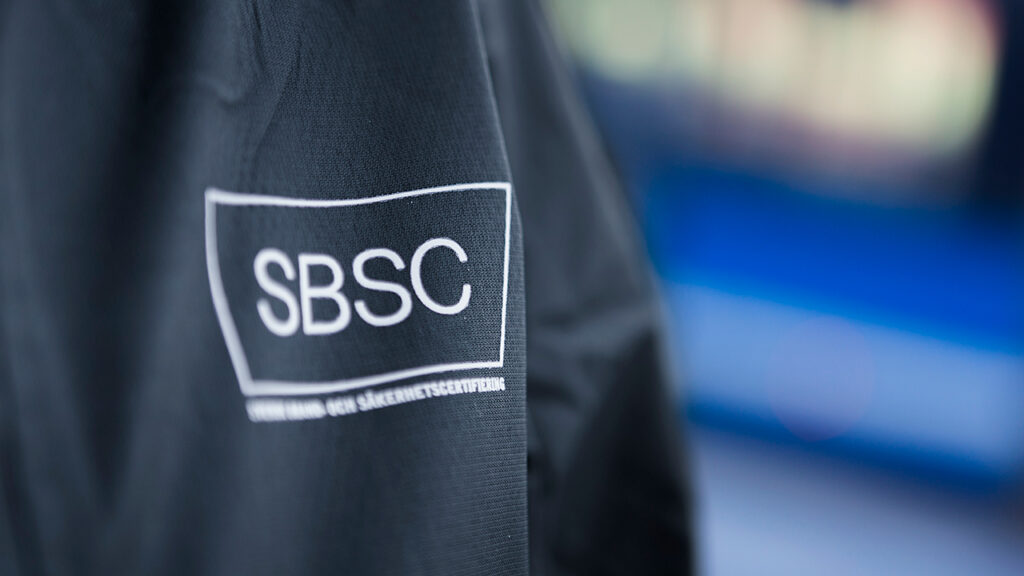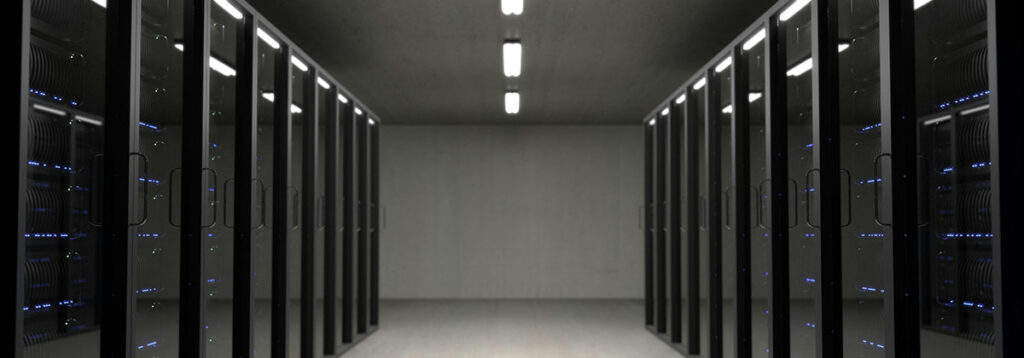In order to gain insight into the industry, we met Magnus Ehbenholtz, an industrial electrician and certified thermographer, of floor manufacturer Tarkett where he regularly thermally photographs electrical cabinets and panels – vital work which results in around 100 action points per year. We also met Fredrik Norell, certified thermographer and instructor at the company, Termografikompetens. Among other projects, he has assisted SJ, the state-owned railway company, in conducting a thermographic analysis of all X2000 trains.
What are the greatest advantages of regular thermography?
”At Tarkett, the greatest benefit is detecting anomalies on time and being able to do so when we have scheduled downtime. This way, we can replace parts in a controlled fashion, which means big savings since downtime means big costs,” explains Magnus Ehbenholtz.
”Basically, industry awareness of good maintenance culture has increased, which is the main reason why all heavy industries employ electrical thermography today – a sound approach. When production stops, it costs a fortune, maybe more than a fire itself since downtime is so incredibly expensive. Naturally, one also strives to avoid personal injuries,” says Fredrik Norell.
In addition to the costs associated with downtime and the risk of personal injuries, the environment is another important aspect to consider.
”The environmental aspect must be taken into account, absolutely. Fires and suppression work are never good for the environment, particularly when considering the extraordinary environmental coasts resulting from a fire in a plastics factory”, explains Fredrik.
Can you give us some good examples of cases where electrical thermography was a benefit?
”I only have a good examples – anyone who starts to use electrical thermography regularly never stops. Many have started and have made it part of established maintenance”, says Fredrik Norell, who continues.
SJ had problems with fires in its X2000 trains for many years. If you do an internet search for fires on X2000 trains, you will get an painful number of hits. Right around the 30th anniversary, a decision was made to investigate why the fires occurred and that’s where Termografikompetens came into the picture. Fredrik Norell talks about a job which made a lasting impression on his career.
”The SJ – X2000 project really sticks out. Not one electrical thermography analysis was performed on the X2000 trains for three decades. When SJ contacted me, they were suffering several fires per year and, gratifyingly enough, most of the fires disappeared after thermographic imaging was introduced. We’re talking about millions of kroner and putting many lives at stake. Because vibration is hardly ever a good thing for an electrical system, I was fairly surprised that they did not use thermography earlier. But better late than never,” says Fredrik.
What is thermography “regularly” – how often is that?
”The common practice is to do it once a year, but you might do it more often depending a whole lot on the costs associated with downtime and the type of operation. For example, hospitals, nuclear power plants and other socially important operations are inclined to do so more often,” explains Fredrik Norell.
What is the level of demand for these types of services?
”There is a great deal of demand on the part of established industries, but then there are some who have not yet understood the need. In any event, we need many more certified thermographers to cover all the existing jobs, many more. In Norway, there are around 1,500 certified thermographers while Sweden has maybe 60 to 70, which is absurd. We want it to be the industry practice to require certified thermographers, but then many more thermographers will have to become certified,” explains Fredrik Norell.
In case someone has any doubts, what are your most compelling arguments for getting certified?
”It is a quality seal and, because there will be no need for proficiency testing, you help your client avoid lots of work. By getting certified, many questions will have already been answered and the customer can rest assured that you possess the right expertise, good equipment, insurance and so forth,” says Fredrik Norell.
”As far as the customer is concerned, it is reassuring to know that the person is competent, it is not simply about looking into a thermal camera as one might think. It also requires analysis in order to reach the correct conclusions. If the thermographer is certified, you know that the person possesses the right know-how and a good camera which fulfills certain requirements in terms of resolution. There are different types of thermal cameras, and the lower-quality ones do not provide the same security,” concludes Magnus Ehbenholtz.
This article is a translation. Read the article in Swedish here.


